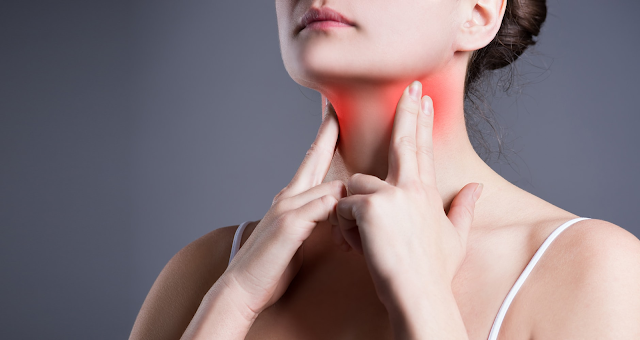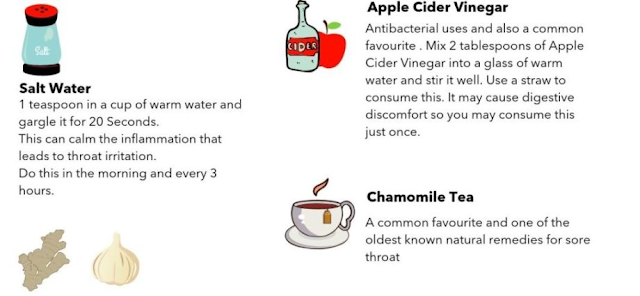Lose Weight The Natural Way While You Sleep

You probably didn’t know it, but one of the best times to lose weight is while you sleep. That’s because the human body is designed by nature to repair itself during the hours we are sleeping.
Our bodies use sleep to repair and strengthen our muscles, joints and other parts that get tired and damaged through use and exertion during waking hours.
This restorative process uses energy to rebuild lean muscle mass and to help rebuild other kinds of body tissue. That is worth repeating — this rebuilding process uses energy — and if the rebuilding process is running smoothly and efficiently, that energy comes from places in our body where energy is stored — from fat.
In other words, the body rebuilds tissue, organs, bone, and lean muscle by burning fat.
Several things about this process are worth noting. They have an important bearing on how efficiently it works.
Collagen is very important to the body repair process
Collagen is the most common protein found in our bodies. It is the main component of our skin, nails, bones, cartilage, and connective tissue and is found in all of the body organs. Cartilage is the cushion and shock absorber between joints, and the reason we stay flexible and mobile.
Healthy cartilage is constantly being regenerated by the body naturally and this process contributes to keeping us youthful and flexible.
As we age, our bodies lose the ability to produce collagen at sufficient levels needed to support the deep restorative sleep processes that our bodies are designed to perform.
This can be a major contributor that leads to a premature aged appearance and can definitely affect our flexibility and mobility.
It stands to reason that a collagen supplement combined with other natural ingredients can have a dramatic effect in better supporting the deep restorative sleep process.
Amino acids enhance the regeneration process
The rebuilding process is also influenced by the efficiency of the amino acids normally used for this purpose. As part of the rebuilding process, amino acids help maintain lean muscle mass and allow the body to more readily consume fat for energy. This contributes to weight loss.
Again, as we age, our body’s production of efficient amino acids is reduced. A supplement such as L-Carnitine is a special amino acid that enhances the body’s normal function and helps your body convert excess fat into readily available fuel. During deep sleep, these special amino acids work like a natural “turbo charger” to help your body repair, preserve and build lean muscle while burning stored fat to supply the needed energy.
Not eating before sleeping is important
Since the body uses deep sleep for the restoration process, it is important when using a collagen supplement not to eat three hours before going asleep.
This is because we don’t want nutrient competitiion between undigested food and the collagen supplement special nutrient formula itself.
If the body has to concern itself with digestion it will not absorb the collagen formula properly.
Therefore your body will not be performing its natural restorative process while you sleep, but rather will be concerned with undigested foods and will actually be storing fat from the continuing digestive process rather than burning fat as the energy for the deep sleep restorative process.
New 5-second Appetizer That Flushes Out 57 lbs Of Nagging Belly Fat
This tends to put us into a “diet circle of frustration”. The less time your body spends in deep restful sleep (without competing digestion), the less time it has to restore its natural health, and the less fat that is burned in support of this natural rebuilding process.
Now we understand the key connection between deep restorative sleep and weight loss many times goes hand in hand with our overall health.
Reducing or eliminating the intake of food three hours before bedtime allows the body to use its natural fat reserves for metabolic fuel during the deep restorative sleep cycle.
Collagen weight loss program build on this process
A natural collagen product such as Lose and Snooze enables this natural process to once again help people lose weight. Lose and Snooze consists of a blend of Collagen, L-Carnitine and Aloe Barbadensis (Aloe Vera). The Collagen contributes to a more youthful appearance, greater flexibility, and all round mobility and strength.
In addition to all of this, most importantly, Collagen allows the deep sleep necessary to enable your body’s natural metabolic functions to occur, like when we were children. L-Carnitine promotes the burning of fat in support of the natural rebuilding, restorative process that occurs during deep sleep.
The Aloe Barbadensis (Aloe Vera) contains numerous nutrients and amino acids that help create a healthy environment in support of your body’s own ability to create its own collagen, in addition to the remarkable Lose and Snooze formula itself.
Thousands of satisfied users of the collagen weight loss program have reported that using the liquid formula in combination with an empty stomach before bedtime, has been beneficial to their health and has helped them naturally lose weight.
And because the collagen weight loss program only helps lose excess fat (while rebuilding muscle), it can be used by anybody — not just people wanting to lose weight.
It has also been beneficial to folks who want to enjoy better sleep, build lean muscle, improve their appearance and to reshape their body while maintaining their proper healthy weight.
Gut Health - Weight Management for Women & Men
#weightloss #collagenweightloss #looseweightwithsleep











